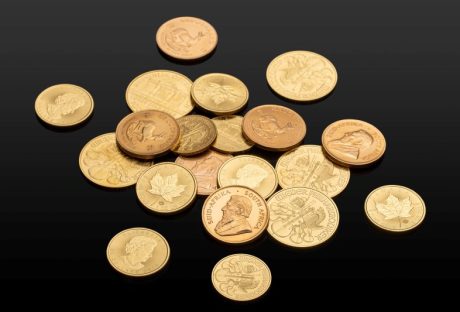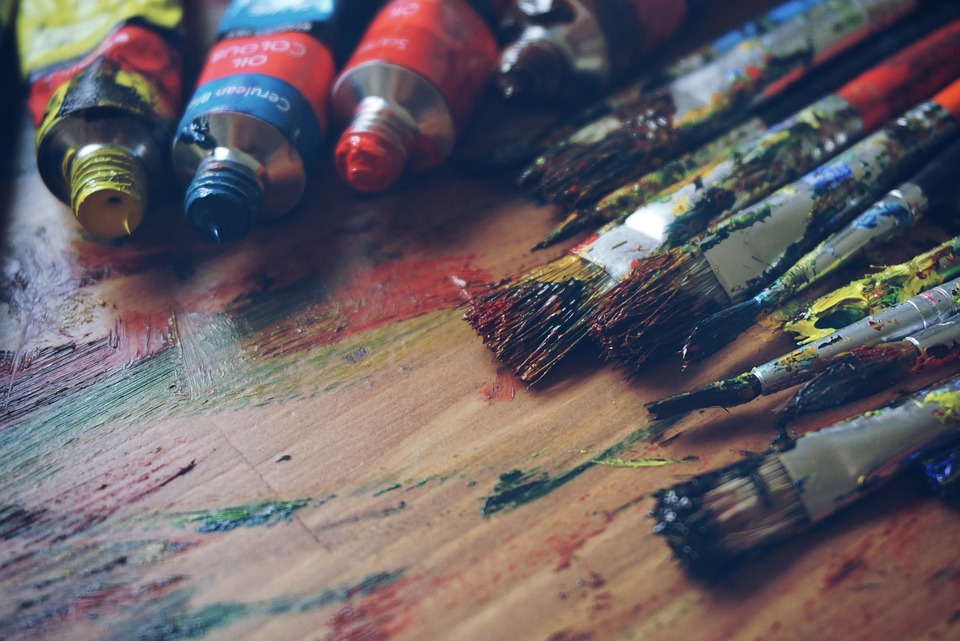Linc Pens and Plastics Limited was established more than two decades ago in the year 1994 in the City of Joy, Kolkata. While it began as a writing instruments company and has today metamorphosed into a one-stop school and office stationery equipment manufacturers having more than 200 + writing solutions products on its list.
Manufacturing Set-Up and Capability
Linc has two state-of-the-art manufacturing facilities in Falta SEZ and Serakole on the outskirts of Kolkata. It has a production capacity of two million writing instruments per day amongst its competitors and this is the highest amongst its competitors in the writing instruments space.
Linc Pens has received the ISO 9001:2000 and SA 8000:2008 certification for its top-quality manufacturing facilities and processes. It has integrated excellent Research and Development processes along with high-level automation that gives it the capacity to reach peak output with stringent quality.
Massive Range of Products
Linc Pens and Plastics Limited has a truly impressive line of products many of which are pioneers in the sphere of writing instruments and office stationery.
These includes:
- Sketch pens
- Erasers
- Wooden and disposable pencils
- Geometry boxes
- Gum sticks
- Rulers
Apart from this, their range also includes their flagship products like Gel Pens and Ball Pens.With a huge range of products in its portfolio, Linc has rarely rested on its past laurels and has always believed in revitalizing the market by introducing unique products and combinations. For example, its “first-in-the-industry” pack of its three popular pens or “Twinn” a pen & pencil combo which was a breakthrough product for the company.
Awards and Certifications
Linc Pens and Plastics Limited has been proud recipients of many prestigious awards and certifications for their work and a few are listed below:
- ISO 9001:2008 Certification from SGS for their Falta unit
- SA 8000: 2008 Certification from SGS
- Award for being the #3 Exporter in 2013-14 from the Writing Instruments Manufacturer’s Organization
- Export Excellence Gold Award from Federation of Indian Export Organization in 2012-13
They also have promoted less use of plastic through their initiative called Refill More. Linc Pens had their first tie-up was with Mitsubishi Pencil Company Limited, Japan for the Uniball pens, way back in 1992. They were listed on the BSE in the year 1994. They started their export journey by exporting their writing products to Walmart, USA and today export to over 40 countries all over the world.
Linc Pens has tried to address all the sections of the market by launching products that cover multiple price ranges and segments like premium, semi-premium and mass. Every product launched, has the stamp of quality and workmanship that has been a unique identity for Linc products ever since its launch in the market.
Human Resources and Employee Training
In order to attract the best of talent and experience, Linc has a multi-pronged approach to secure and retain good employees. A committed Human Resources team drives its employees to give their best and become professionals of the highest level. Their transparent and well-structured appraisal process is designed to give employees the best of feedback opportunity. They have also designed a robust training plan that focusses on competencies and gaps for fresh recruits and experienced personnel.





















